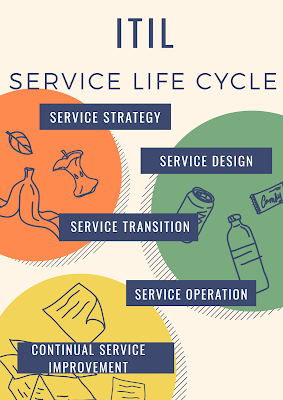RAC Start up Sequence
1.Brief startup sequence
2.Number of Levels while RAC startup
3.In which Level ,The clusterware services get started
4.In which Level database resources are get started in RAC
Oracle Restart component of a clusterware monitor and manage clusterware resources in a cluster services/daemon involved to run RAC
Two stack
Lower stack ------->Oracle high availability---->level 0
Upperstack --------->Clusterware processes
Finally we need to get started the resources are network,Scan,vip,listener,DB services
Level 0----->Init---->Ohasd
Level1------>Agents--->orarootagent and oraagent
Level2------->Clusterware services---->crsd,cssd,evmd,procd
Level3-------->Agents
Level4--------->Resources---->DB,Listener,ASM,Instances,VIP,SCAN
Cluster Ready Services(CRSD): Primary program for managing high availability operations in a cluster,operations included start,stop,monitor and failover operations
Cluster Synchronization Services(OCSSD): Manages node memebership information when node joins or leaves the cluster
Event Management (EVMD): A background process that publishes events that oracle clusterware creates
Oracle Notification Services(ONS): A publish and subscribe for communicating fast application notification(FAN) events
Oracle ProcessMonitor DAEMON(OPROCD): The OPROCD periodically wakes up and checks that the interval since it last awake is with in the expected time.If not then
OPROCD resets the processor and restarts the node,an OPROCD failure results in oracle clusterware restarting the node
# ./crsctl check crs
# ./crsctl check cssd
RAC -TOOLS
crsctl--->root user-->cluster ready service control utility
srvctl--->oracle user-->service control utility
To find the resources status
# ./crs-stat-t
or
# ./crsctl stat res -t
Note: On server boot the clusterware services and resources are started on it own
Still to start manually
First start OHASD--on all nodes manually on rac1,rac2
./crsctl start crs
./ crsctl check cluster -all
./crsctl check crs
on any node --can start services of every node on rac1
./crsctl start cluster -all
./crsctl check crs
stopping services on rac1
./crsctl stop cluster -all
./crsctl check cluster -all
on every node rac1,rac2
./crsctl stop crs
./crsctl check crs
How to find the health of the cluster
./crsctl check -all
How to start/stop the clusterware services
verify the instances up and running on rac nodes
$ srvctl status -d database prod
/etc/inittab
In 11g r2 - only one entry will see.
/etc/init.d/init.ohasd run > /dev/null 2>&1 </dev/null
INIT process first spawns init.ohasd process which in turn startsup the Oracle High Availability services Daemon(OHASD).
In turn, OHASD spawns additional clusterware processes at each startup level.
Level 1 - OHASD spawns
cssd agent - cssd
root agent - all root owned ohasd resources.
oraroot agent - oracle owned ohasd resources.
cssdmonitor - Monitors CSSD and node health
Level 2—OHASD rootagent spawns:
Cluster Ready Services Daemon (CRSD)—
primary daemon responsible for managing cluster resources
Cluster Time Synchronization Services Daemon (CTSSD)
Diskmon—provides disk monitoring services
ASM Cluster File System (ACFS) Drivers
During the second level of startup for Clusterware, the oraagent spawns the following Clusterware processes for 11g R2:
MDNSD: Used for DNS lookup
GIPCD: Used for inter-process and inter-node communication
GPNPD: Grid Plug and Play Profile Daemon
EVMD: Event Monitor Daemon
ASM: Resource for monitoring ASM instances
Level 3—CRSD spawns:
orarootagent: for managing all root-owned CRSD resources
oraagent: for managing all Oracle-owned CRSD resources
Level 4—CRSD rootagent spawns:
Network resource: To monitor the public network
SCAN VIP(s): Single Client Access Name Virtual IPs
Node VIPs: One per node
ACFS Registery: For mounting ASM Cluster File system
GNS VIP (optional): VIP for GNS
During this phase for Clusterware startup with 11g R2, the oraagent spawns the following processes:
ASM Resouce: ASM Instance(s) resource
Diskgroup: Used for managing/monitoring ASM diskgroups
DB Resource: Used for monitoring and managing the DB and instances
SCAN Listener: Listener for single client access name, listening on SCAN VIP
Listener: Node listener listening on the Node VIP
Services: Used for monitoring and managing services
ONS: Oracle Notification Service
eONS: Enhanced Oracle Notification Service
GSD: For 9i backward compatibility
GNS (optional): It is a grid naming service that performs name resolution
THANKS FOR VIEWING MY BLOG FOR MORE UPDATES FOLLOW ME OR SUBSCRIBE ME

